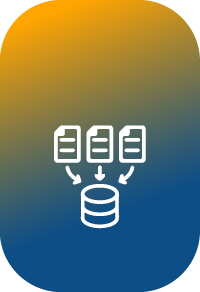Labelling data is a crucial phase in the development and training of machine learning algorithms. Data labeling services enable these models to develop a good understanding of the world around us, and its trend always keeps moving forwards. If you want to learn more about labeled and unlabeled data, you’re in the correct place. First, we will examine the basic concept of unlabeled and labeled data and the distinction between them. Let’s jump in right away.
Machine learning employs data and algorithms to imitate how humans learn and also focuses on improving accuracy. Data labelling in machine learning identifies raw data of text, images, and videos and add labels to provide an essential description so a model can learn from it. Labels always assist in identifying the image content or the speech in an audio recording.
Like humans who construct, train, refine and test ML models, labels enable these models to make accurate predictions. While generating a label, humans evaluate unlabeled data. They start by examining a picture and responding to the query. The query can be something like, “Is this an image of a man or a woman?” Data annotators guide the data labelling process by developing the relevant labelled datasets.
Differences between unlabeled & labeled data
Let’s begin by defining the differences between unlabeled and labelled data.
Using human annotators, labelled data works on unlabeled data sets with meaningful labels, tags or classes. Once a labelled dataset is created, it can be provided to a machine learning model so that it will precisely predict and allocate an appropriate label whenever it discovers unlabeled data.
Labelled data relates to both classification and regression tasks, which belong to the category known as supervised learning. These include the prediction of unknown values like:
Further, supervised learning can be divided into two subsets:
The objectives of supervised learning are more diverse, including:

Unlabeled data lacks meaningful labels or tags and consist of easily accessible human-created samples such as photographs, videos, audio recordings, tweets, or news articles. To train ML models, computers use both unlabelled and labelled data, but what’s the difference?
Unsupervised learning draws insights from unlabeled data based on the quantified characteristics of datasets. It:
Unsupervised learning models are employed for three tasks:
Unlabeled data is usually linked with dimensionality reduction tasks and clustering, which are classified as unsupervised learning. It:
Understanding these differences reveals the revolutionary power of machine learning. If you want the best data labeling services, contact the leading AI company in North America- Opporture!
Copyright © 2023 opporture. All rights reserved | HTML Sitemap